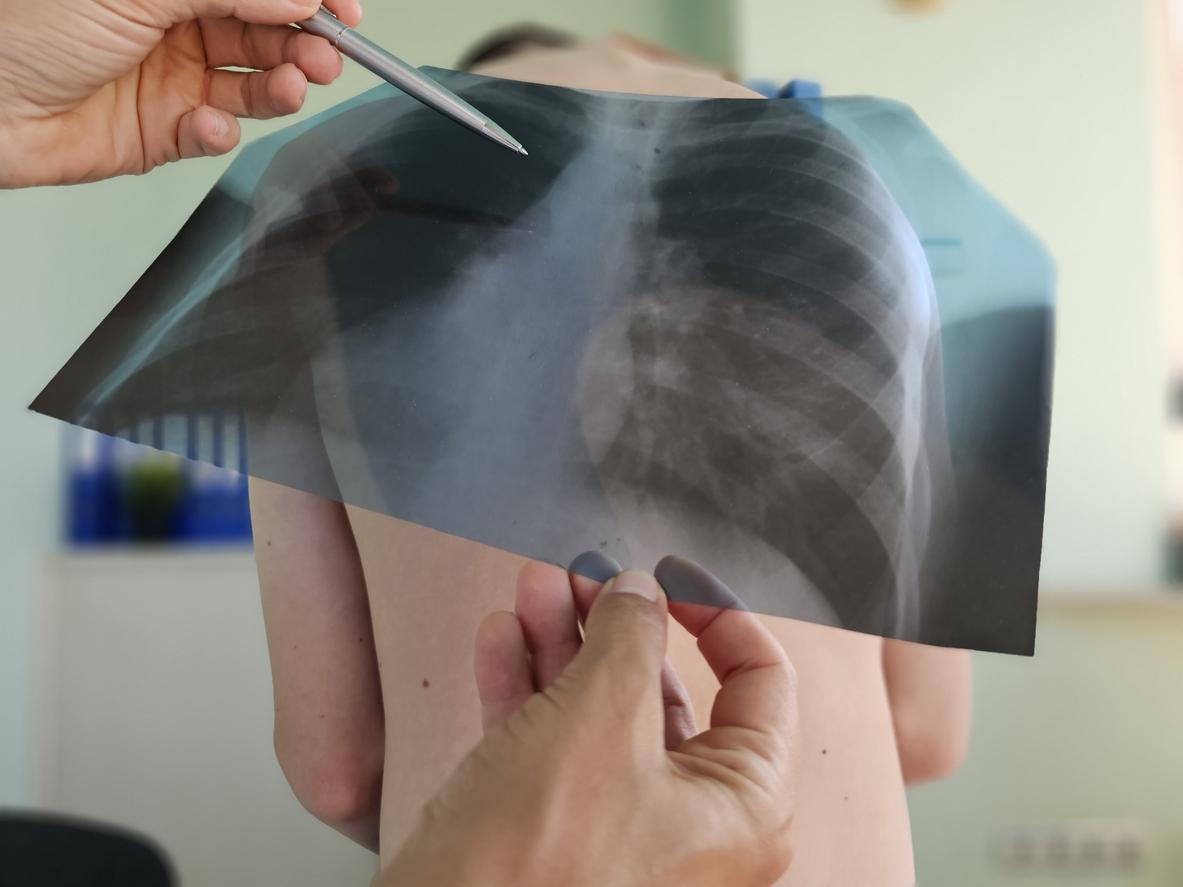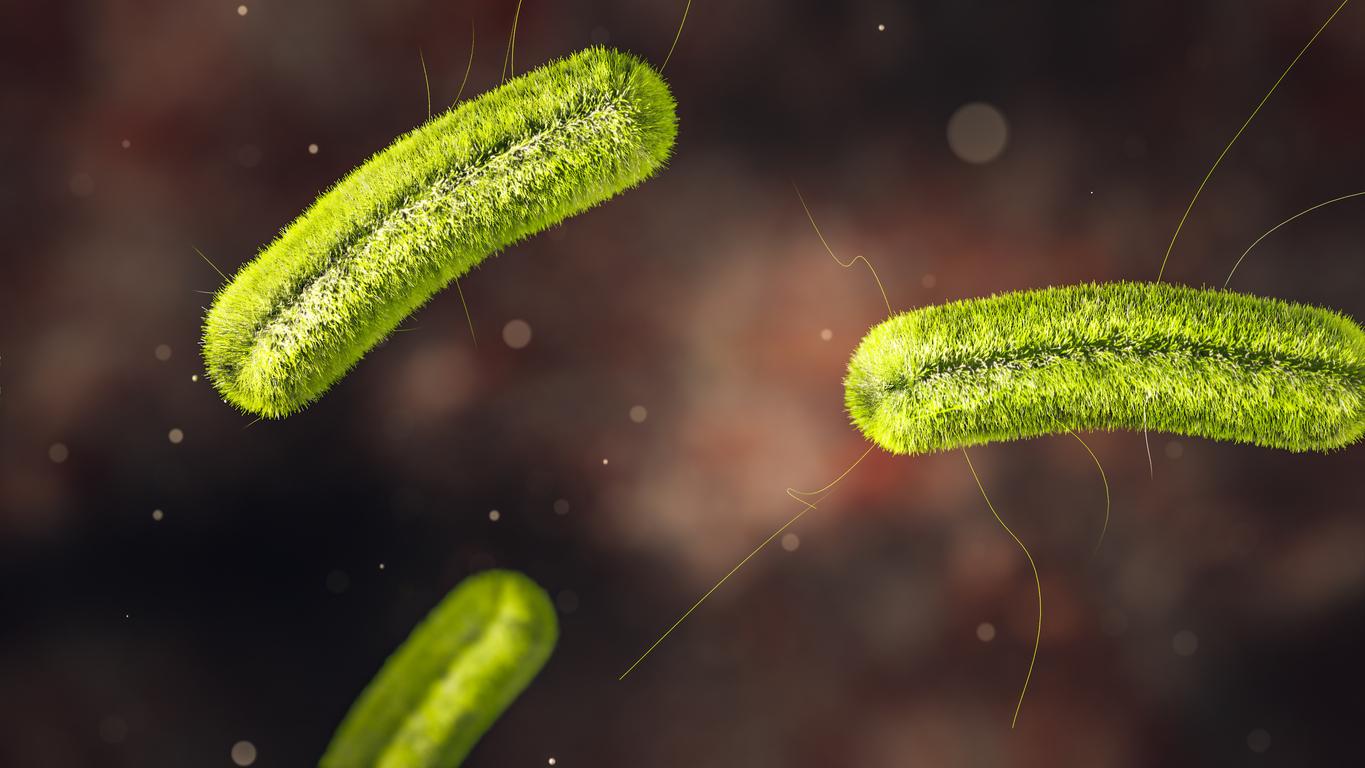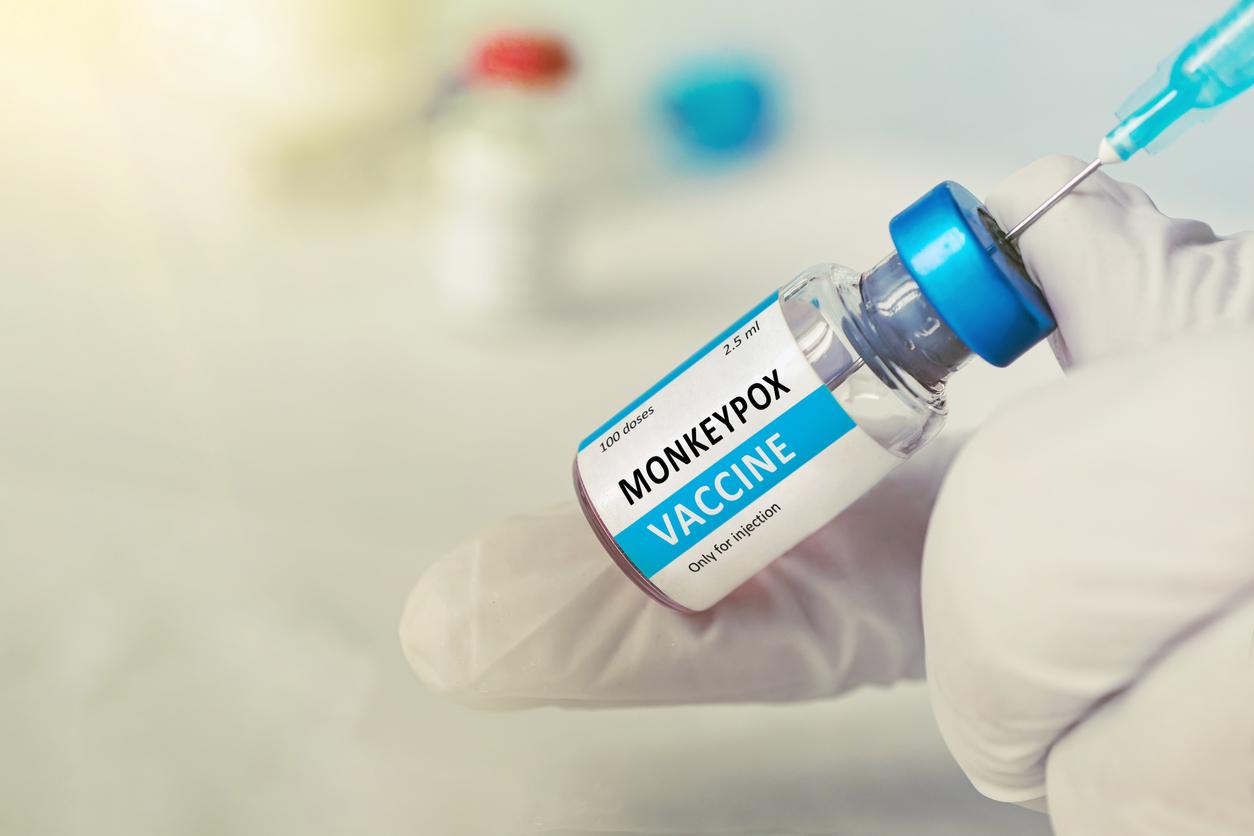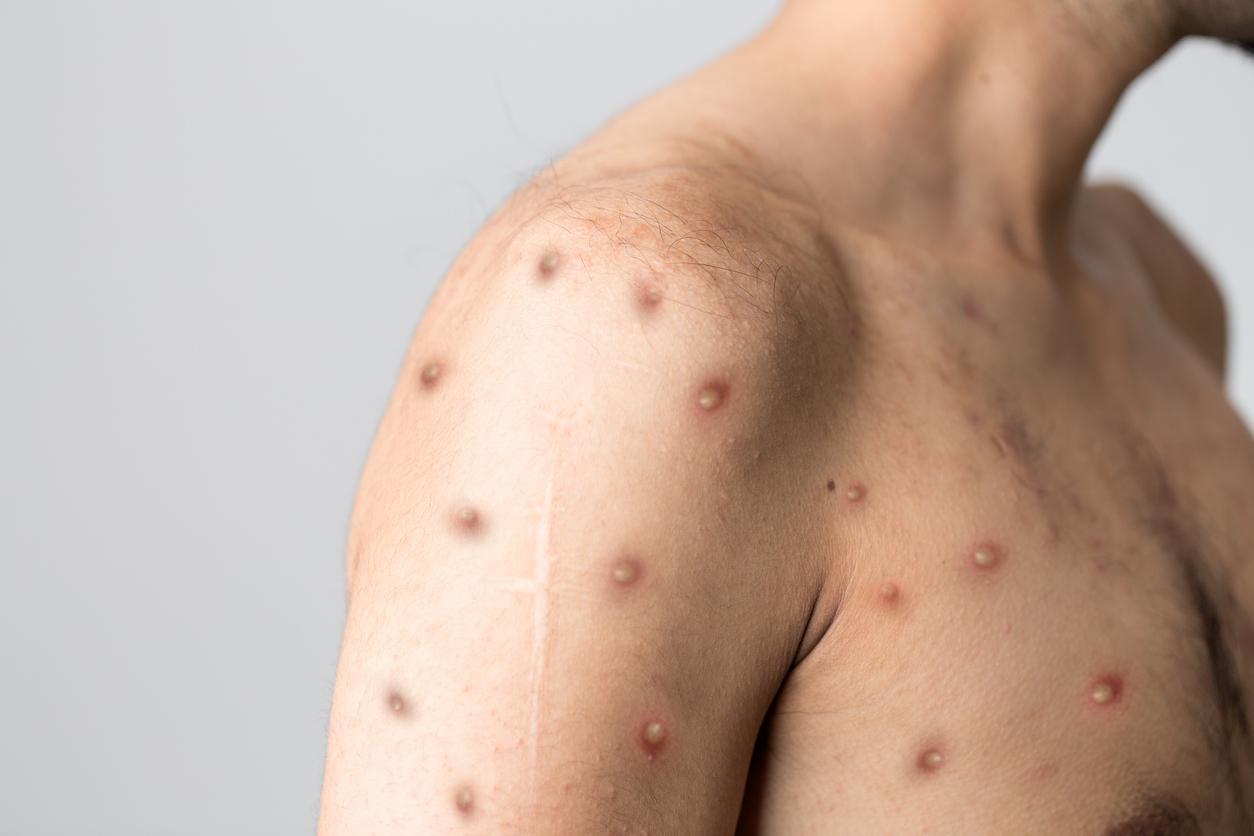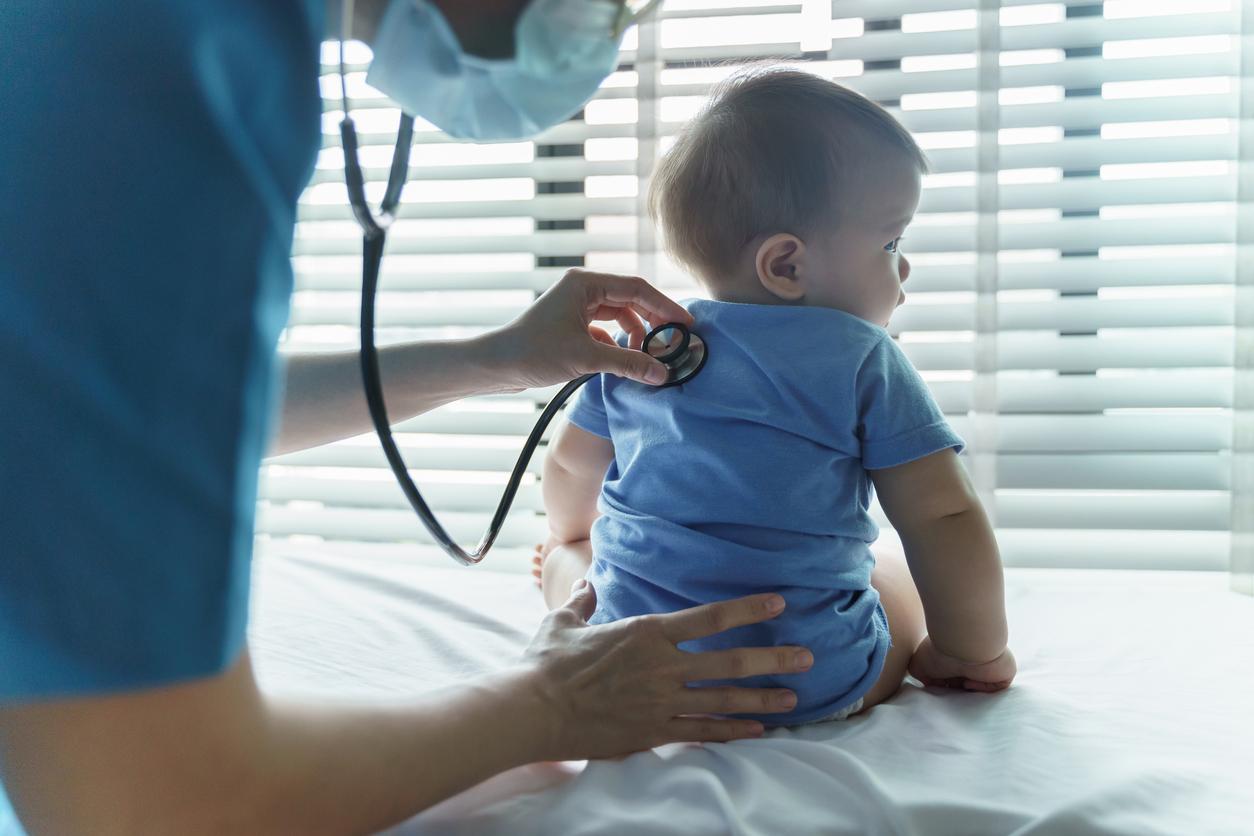To study the risks of transmission of pathogenic organisms through the consumption of cheese, several ANSES teams will produce it in the laboratory.
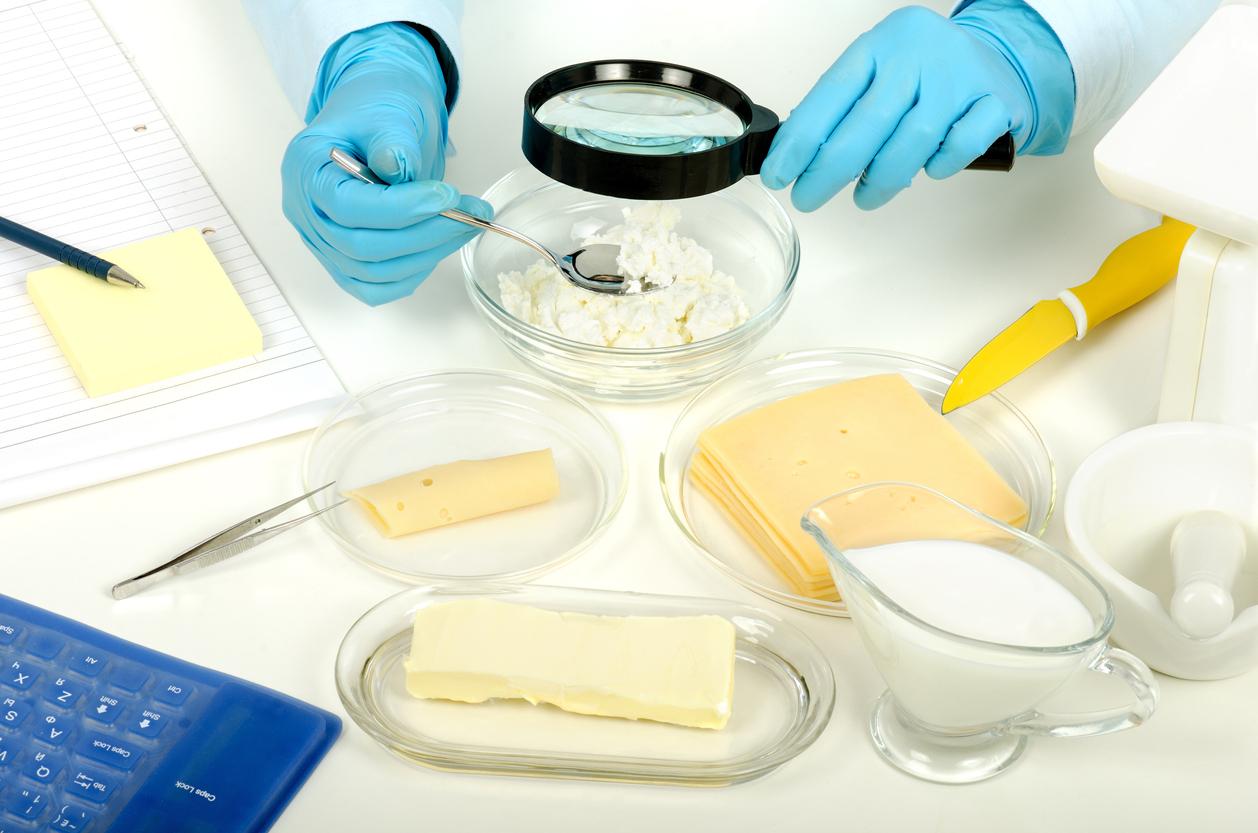
- An outbreak of brucellosis was reported on a cattle farm in Haute-Savoie in 2021. More than 5,500 tonnes of Reblochon had to be recalled as a safety measure.
- 43 people were infected in Ain in 2020 by this virus after eating raw milk goat cheese.
- According to ANSES, to know the risks of contamination and to be able to make recommendations to avoid them, the two research teams will make cheese from artificially contaminated milk.
ANSES scientists will make cheese in the laboratory. The goal of this astonishing activity for researchers? Analyze the risks of transmission of pathogenic microorganisms through the consumption of cheese. Two projects were recently initiated, one relating to the tick-borne encephalitis virus (TBEV) and the other to the bacterium Brucella melitensis. Safe laboratory conditions will be in place to avoid any external contamination.
A cheese to study the tick-borne encephalitis virus
The first project, started in September 2022, is devoted to the study of the tick-borne encephalitis virus (TBEV). In 2020, 43 people were infected in Ain after eating raw milk goat cheese. These were the first cases of transmission of this virus in France through food. Researchers want to understand why cases of contamination are mainly associated with the consumption of goat’s cheese, compared to cow’s cheese. Differences in manufacturing conditions, milk composition and specific characteristics of the microorganisms could explain these variations in transmission. This study, using ANSES dairy products, will make it possible to better understand the health risks associated with the consumption of cheese and to develop preventive measures.
The risk of contamination of reblochon by the bacteria Brucella melitensis
The second project, launched last October which will last three years, focuses on the risk of contamination of Reblochon by the bacteria Brucella melitensis, responsible for human brucellosis. In Haute-Savoie in 2021, an outbreak of brucellosis was declared on a cattle farm, which led to the recall of more than 5,500 tonnes of Reblochon as a safety measure. Reblochon has several characteristics that could favor the survival of the bacteria, notably the fact that it is made with raw milk and that its maturing time is short. The objective of this project is to determine the real risk of contamination of Reblochon and to develop a test to detect the bacteria in cheese. This study will make it possible to more precisely assess the health risks linked to the consumption of Reblochon and to propose specific prevention measures.
Cheeses: recommendations to prevent the risk of poisoning
Cheese manufacturing is done in research laboratories that meet standards different from food workshops. For these projects, the teams therefore had to rethink their working methods. Sandrine Lacour, project manager within the mixed Virology research unit of the Anses Animal Health Laboratory, which already produces goat cheese from uncontaminated milk to test the preparation conditions, explains in a communicated : “For example, I work under a ventilated safety post with a small opening of 20 centimeters. There is room to pass your arms through but the pot in which the cheese is made does not fit! So you have to dismantle the post to put all the utensils. To avoid contaminating other manipulations carried out on the premises, researchers will not be able to refine with yeasts. “I am going to make cheese with only lactic ferments, but this will already allow us to test several hypotheses.”adds the scientist.
The production of cheese in the laboratory as part of these research projects is an essential step to better understand the health risks associated with the consumption of cheese. By reproducing manufacturing conditions and using artificially contaminated milk, scientists will be able to observe and analyze the transmission mechanisms of pathogenic microorganisms. This in-depth knowledge will then make it possible to take more effective preventive measures and better protect public health.









